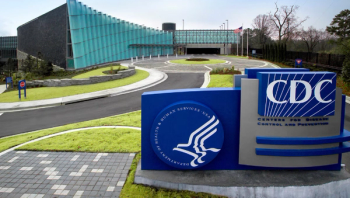
Most adults with medical debt owe money to hospitals: Report
Nearly half of adults with medical debt have been contacted by collection agencies, and some patients with lower-incomes aren’t getting discounted rates, according to the Urban Institute.
Almost three out of four U.S. adults with past-due medical debt owe money to hospitals, according to a report issued by the Urban Institute.
The
Patients with medical debt from hospital care typically owe far more than patients who have past-due bills with other providers, the report noted.
The Urban Institute notes that nonprofit hospitals are required to determine if patients with modest incomes are eligible for charity care before turning to more aggressive steps to collect debt.
“But hospitals set their own eligibility criteria, and many patients who likely qualify for charity care do not receive it, with some facing aggressive debt collection tactics,” the report stated.
More than half of adults (61%) with past-due hospital bills said that a collection agency had reached out to them about the debt. Smaller groups of patients reported more aggressive steps, including
More than one in three adults (36%) with hospital bills that were past due said they had worked out payment plans with the organization. About one-fifth (22%) said they received a discount on their treatment.
And the report states that adults with incomes below 250% of the federal poverty line were just as likely as those with higher incomes to be subject to hospital debt collection activities.
Nearly one in seven non-elderly adults (15%) live in families with past-due medical debt, the Urban Institute states.
Medical debt can be crippling for some patients and families, and
The U.S. Department of Health & Human Services last year requested information from more than 2,000 hospitals on their bill collection practices and financial assistance policies. The department said it would share potential violations with other enforcement agencies and said it would review its bill collection practices as a factor in determining grants.
Hospitals offer care to patients whether they can pay their bills or not, the American Hospital Association says. The association said last year that hospitals have provided $745 billion in uncompensated care since 2000. At the same time, hospitals say they need to be able to sustain operations, and most health systems have encountered
“It's important to address a common misconception, which is that the only people who are at risk of an unaffordable care episode are those who maybe don't have insurance,” Manners told Chief Healthcare Executive® in an interview last fall. “We found that that's absolutely not the case.”
The polling on medical debt came from the Urban Institute’s Health Reform Monitoring Survey, which gathered responses from 9,500 adults between the ages of 18 and 64 in June 2022.
(In this video, Ian Manners of TailorMed talks about how hospitals need to take steps to connect patients with financial assistance as quickly as possible.)








































